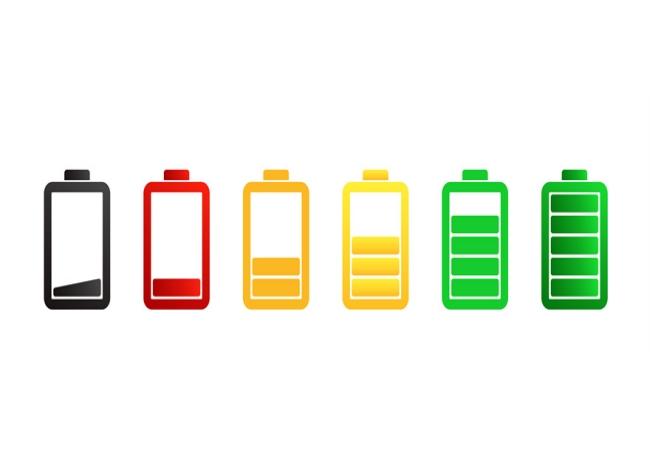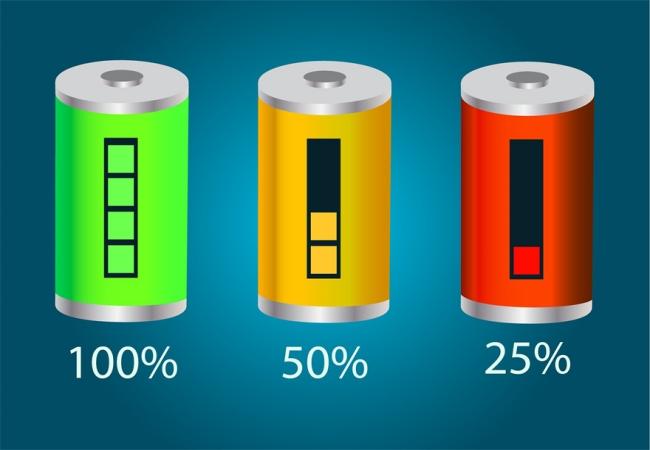Constant potential method rapid self-discharge test technology
Using a unique constant potential test method, combined with self-developed ultra-high-precision power module (accuracy ± 2μV peak value), voltage test module (accuracy: ± 0.04% + 0.05 mV)) and current test module (accuracy: ± 0.30% + 200nA), combined with a high-precision constant temperature environment (± 0.1°C), to test the equivalent self-discharge current of the battery. And make it into a multi-channel test system (32-128 channels) with central control, which is more suitable for scenarios that require mass production.

Testing and Calibration of BMS Management System
Through a high-voltage high-precision reference power supply system, and a high-precision (0.1uV) measurement sampling system. Carry out reference power supply (3.2V-4.3V) for each BMS input, and compare the reading value of the voltage curve of the BMS with the reading value of the standard voltage curve, and combine the algorithm of the curve (zero point and slope) of the software to convert the BMS system Make an accurate calibration fit. In this way, the product can achieve consistent performance through soft calibration and writing into hardware. And combined with production-type equipment, we have an original equipment system segmentation self-diagnosis function. It reduces the maintenance difficulty of the complex system (64-channel test and calibration system), and can quickly locate the abnormality of a certain channel among many lines.
High-precision water-cooled constant temperature PID algorithm
Combined with the self-developed high-precision water chiller hardware, our accuracy (±0.1 degrees), speed (2 minutes to reach extremely high and low temperatures) and overshoot (±0.5 degrees) have reached the first-line level in the industry. And under the premise of sharing the refrigeration system, it provides independent 4-way temperature adjustment function and flow adjustment function, which greatly saves equipment cost and space. The PID algorithm combined with the hardware can also be linked with the new energy testing machine, providing standard communication interfaces and protocols (RS485/TCPIP/Modbus/USB/CAN).

Battery pack thermal imaging testing technology
By using high-power load resistors and electronic loads, as well as the low-voltage system and CAN bus that communicate with the battery, the battery can reach a high-load state in a relatively short period of time, allowing the battery pack to generate heat in a safe and controllable manner. Then use a 3*3 infrared camera with a total of 9 partitions for infrared imaging. In this way, the overall infrared imaging of the battery pack can be obtained. By quantitatively detecting whether there are obvious hot spots in the battery pack, it is possible to detect whether the battery has poor performance of the battery cell or poor welding process of the busbar.
DC Power Calibration Technology for High Power Devices
Use ultra-high current and high-precision program-controlled power supply, high-power and high-precision shunt resistor + high-precision ammeter (four-wire test), high-power switching devices, and perform power calibration on high-power devices (feedback the reading value of the product through CAN back to the system, and compare it with the reading value of the standard instrument, and then fit it through the software algorithm and write it into the firmware). Covering the overall curve of 0A-3A-100A-500A-1000A, the power performance and impedance performance of high-power products can be effectively tested and guaranteed. And through the ingenious design of the equipment, a system can test 4 or more products in parallel.






